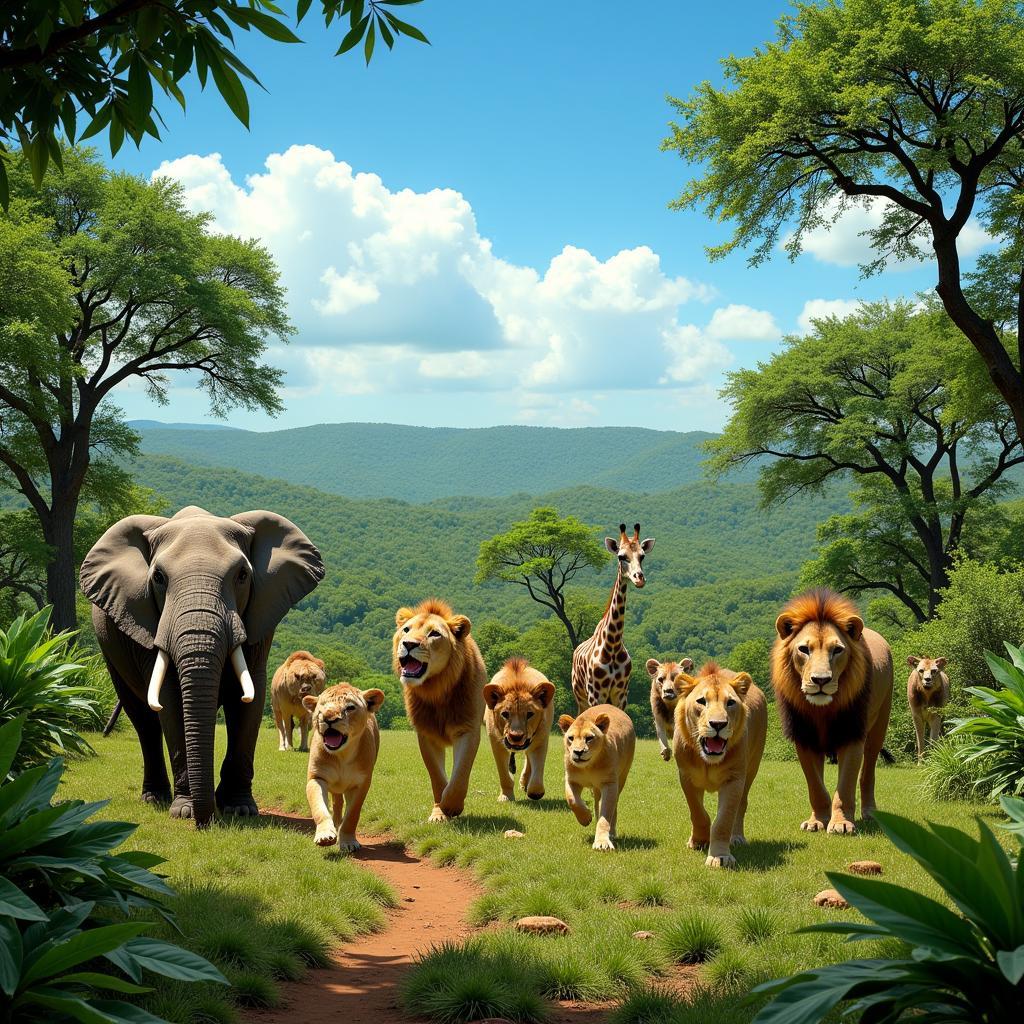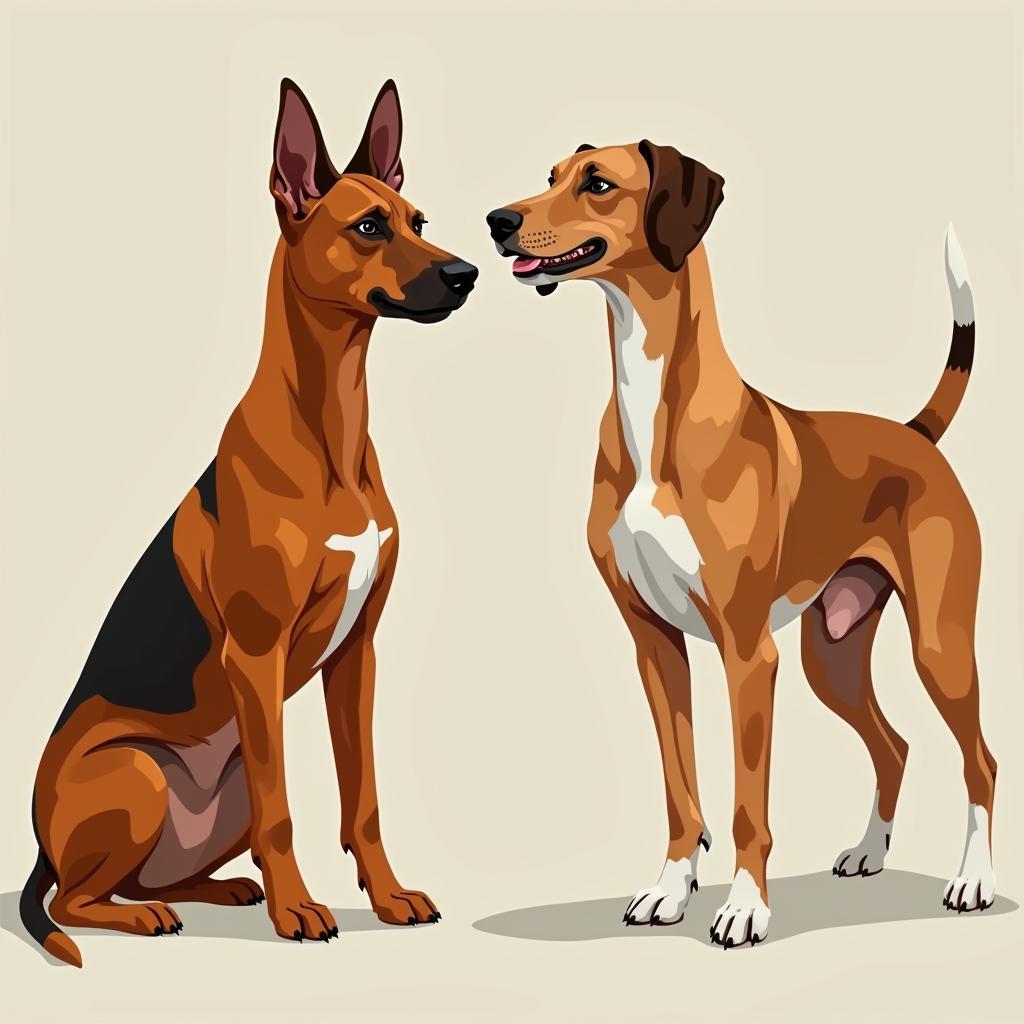Exploring the Rich World of African Charcoal Paintings
African Charcoal Paintings offer a captivating glimpse into the continent’s diverse cultures and artistic traditions. From evocative portraits to dynamic depictions of wildlife, these powerful monochrome works showcase the skill and creativity of African artists. They utilize the simple medium of charcoal to create breathtaking pieces of art that capture the essence of Africa. Let’s delve deeper into this rich art form and explore its significance.
Like many traditional African art forms, charcoal painting often carries deep symbolic meaning, reflecting the spiritual beliefs, social structures, and daily life of various communities. For instance, some paintings may depict ancestral spirits or mythological figures, serving as a connection to the past and a reminder of cultural heritage. Other pieces might illustrate scenes from daily life, showcasing traditional ceremonies, hunting expeditions, or market activities, offering a window into the lived experiences of people across the continent. These artworks serve as a powerful form of storytelling, preserving and transmitting cultural narratives across generations. Just like the vibrant african house paint designs, charcoal paintings tell a story.
The Unique Appeal of African Charcoal Drawings
What makes African charcoal paintings so distinctive? The simplicity of the medium allows for a directness and immediacy of expression. The stark contrast between black and white can create powerful visual effects, emphasizing textures, shadows, and forms. The rich, velvety blacks achieved through charcoal create a depth and dimensionality that draws the viewer into the artwork. This powerful medium also allows artists to portray an incredible range of emotions and experiences, from quiet contemplation to vibrant energy. It’s a testament to the artistry that such a basic material can be transformed into such compelling and expressive works.
Furthermore, the accessibility of charcoal as a material has historically made it a popular choice for artists throughout Africa. Easily sourced from burnt wood, charcoal allows artistic expression to flourish even in communities with limited resources. This accessibility contributes to the widespread presence of charcoal art across the continent and its enduring legacy as a vital part of African artistic expression. Think of it like the readily available materials used for an african elephant sketch, simple yet powerful.
Techniques and Styles in African Charcoal Art
The techniques employed in African charcoal paintings are as diverse as the cultures from which they originate. Some artists favor a highly detailed, realistic approach, meticulously rendering every feature and detail of their subject. Others adopt a more stylized and abstract aesthetic, using bold lines and simplified forms to convey emotions and ideas. Some incorporate traditional patterns and motifs into their work, creating visually stunning compositions that reflect the rich artistic heritage of their communities. Still others create stunning representations of wildlife, capturing the power and grace of african animal drawings. This diversity of styles ensures that African charcoal art remains a vibrant and evolving tradition.
What are the common themes in African charcoal art?
Common themes explored in African charcoal paintings include portraits, depictions of wildlife, scenes from daily life, and representations of spiritual beliefs. These themes offer insight into the values, experiences, and worldviews of diverse African communities. Portraits often capture the strength and dignity of individuals, while wildlife depictions celebrate the beauty and power of the natural world. Scenes from daily life provide a glimpse into the routines and rituals of different cultures, and spiritual representations connect viewers to the rich mythology and belief systems that permeate African societies.
Dr. Aminata Sow, a renowned art historian specializing in West African art, notes, “African charcoal paintings are not merely static images; they are dynamic expressions of cultural identity and lived experience.”
Preserving and Promoting African Charcoal Paintings
The increasing global recognition of African art has brought attention to the beauty and significance of charcoal paintings. Museums, galleries, and private collectors are increasingly acquiring these works, ensuring their preservation for future generations. Furthermore, initiatives supporting contemporary African artists are helping to promote the continuation of this rich artistic tradition. By encouraging emerging talent and providing platforms for their work to be seen and appreciated, these initiatives are vital in keeping the art form alive and thriving. You can find various african animal mongoose art prints. These efforts are essential in fostering cultural exchange and ensuring that African charcoal paintings continue to inspire and captivate audiences worldwide.
How can I support African charcoal artists?
Supporting African charcoal artists can be done in several ways, including purchasing their artwork directly, visiting exhibitions and galleries that showcase their work, and donating to organizations that support African arts and culture. By investing in these artists and their communities, we contribute to the preservation of a valuable cultural heritage and empower artists to continue their creative endeavors. Another valuable way is by sharing information about African charcoal art with others, spreading awareness of its beauty and significance. Just like sharing beautiful african drawings of animals, you can help promote this incredible art form.
Conclusion
African charcoal paintings represent a profound artistic tradition, capturing the essence of the continent’s rich cultural heritage. These captivating monochrome works showcase the skill, creativity, and unique perspectives of African artists. From evocative portraits to dynamic scenes of wildlife and daily life, these paintings offer a window into the diverse cultures and artistic expressions that flourish across the continent. By appreciating and supporting this vibrant art form, we contribute to the preservation of a valuable cultural legacy and celebrate the power of art to connect us to different cultures and perspectives. African charcoal paintings remind us of the enduring power of simplicity and the profound beauty that can be found in the monochrome world.
FAQ
-
What are African charcoal paintings typically made of? Burnt wood is the primary source of the charcoal used.
-
What are some common themes depicted in these paintings? Portraits, wildlife, daily life, and spiritual beliefs.
-
Where can I find authentic African charcoal paintings? Reputable art galleries, museums, and online marketplaces specializing in African art.
-
How can I tell if an African charcoal painting is authentic? Research the artist and gallery, look for certificates of authenticity, and compare prices with similar pieces.
-
Are African charcoal paintings a good investment? The value of artwork can fluctuate, but authentic pieces from established artists have the potential to appreciate over time.
-
How should I care for an African charcoal painting? Frame it behind UV-protective glass, avoid direct sunlight, and store in a climate-controlled environment.
-
Can I commission a custom African charcoal painting? Yes, many artists accept commissions for personalized artwork.
Further Exploration
-
Are you interested in learning more about African art forms? Check out our related articles on African sculpture and textile design.
-
Want to discover the stories behind individual artworks? Explore our collection of artist interviews and profiles.
When you need any assistance, please contact us via Phone: +255768904061, Email: [email protected] or visit us at Mbarali DC Mawindi, Kangaga, Tanzania. We have a 24/7 customer service team.



